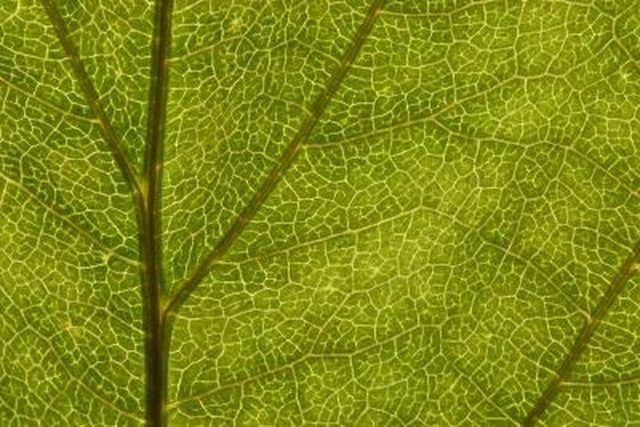Bulbs
Flower Basics
Flower Beds & Specialty Gardens
Flower Garden
Garden Furniture
Garden Gnomes
Garden Seeds
Garden Sheds
Garden Statues
Garden Tools & Supplies
Gardening Basics
Green & Organic
Groundcovers & Vines
Growing Annuals
Growing Basil
Growing Beans
Growing Berries
Growing Blueberries
Growing Cactus
Growing Corn
Growing Cotton
Growing Edibles
Growing Flowers
Growing Garlic
Growing Grapes
Growing Grass
Growing Herbs
Growing Jasmine
Growing Mint
Growing Mushrooms
Orchids
Growing Peanuts
Growing Perennials
Growing Plants
Growing Rosemary
Growing Roses
Growing Strawberries
Growing Sunflowers
Growing Thyme
Growing Tomatoes
Growing Tulips
Growing Vegetables
Herb Basics
Herb Garden
Indoor Growing
Landscaping Basics
Landscaping Patios
Landscaping Plants
Landscaping Shrubs
Landscaping Trees
Landscaping Walks & Pathways
Lawn Basics
Lawn Maintenance
Lawn Mowers
Lawn Ornaments
Lawn Planting
Lawn Tools
Outdoor Growing
Overall Landscape Planning
Pests, Weeds & Problems
Plant Basics
Rock Garden
Rose Garden
Shrubs
Soil
Specialty Gardens
Trees
Vegetable Garden
Yard Maintenance
What Makes Plant Cells Green?
What Makes Plant Cells Green?. The color of plants is perhaps the most mentioned characteristic of plant life on this planet. Although the bulk of the plant cell is colorless, the green appearance of plants exists because of a pigment found in the chloroplast.

The color of plants is perhaps the most mentioned characteristic of plant life on this planet. Although the bulk of the plant cell is colorless, the green appearance of plants exists because of a pigment found in the chloroplast.
Chloroplasts and Chlorophyll
The chloroplast, the organelle within plant cells that is responsible for much of the process of photosynthesis, contains the pigment chlorophyll. Chlorophyll is a chelate, a substance where a central metal ion (in chlorophyll, it's magnesium) is bonded to a large organic molecule. Chlorophyll's absorption spectrum shows that it strongly absorbs red and blue-violet light. Because of this, the light it reflects and transmits appears green.
Role in Photosynthesis
Chlorophyll's most important role is within the process of photosynthesis where it assists in the transfer of electrons from water to carbon dioxide.
Commercial Uses
The intense green color of chlorophyll suggests that it would be useful as a commercial pigment or dye. In fact, Natural Green 3 is a green dye made from a type of chlorophyll and is used in soaps and cosmetics.
Fun Fact
The first half of the name is from the Greek "chloros," which means "yellowish green."